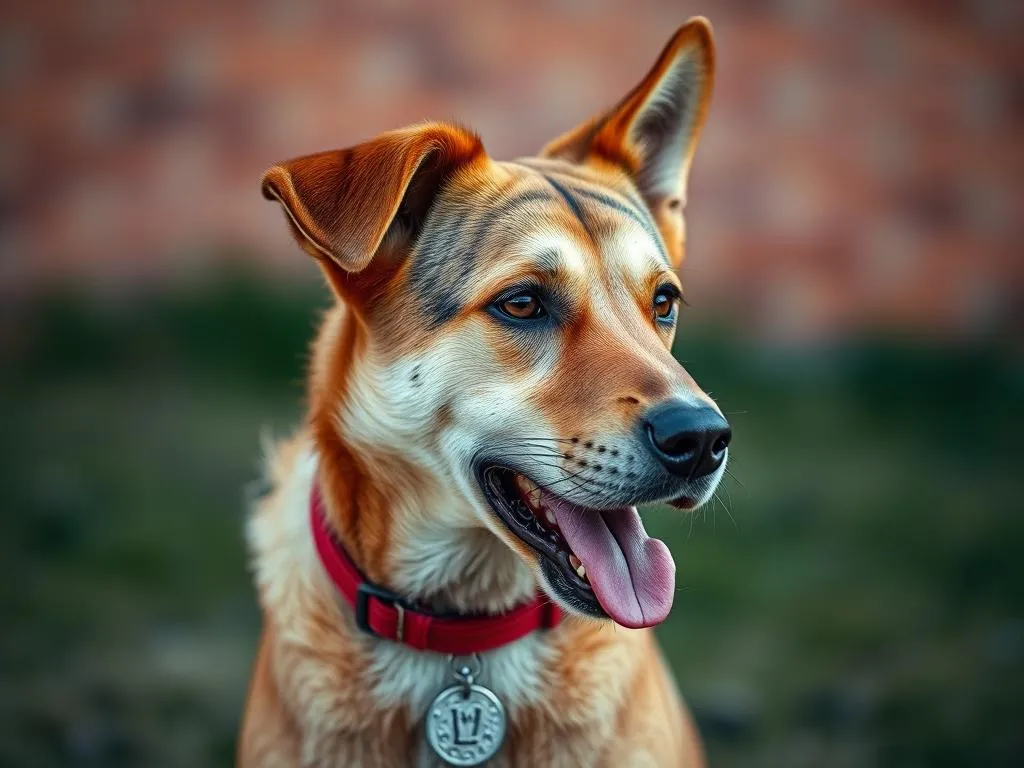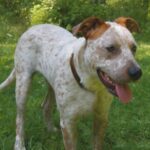
Understanding dog breeds is essential not only for companionship but also for their various roles in our lives. Among the numerous breeds, the Red Heeler, also known as the Australian Cattle Dog, stands out for its intelligence, loyalty, and energetic nature. This breed has a rich history and unique characteristics that make it a great choice for many families. In this article, we will delve into the Red Heeler, exploring its history, physical traits, temperament, care requirements, and more.
History of the Red Heeler
Origins
The Red Heeler originated in Australia during the 19th century. The breed was developed primarily for herding cattle across vast and rugged terrains. Early breeders sought to create a dog that could withstand the harsh Australian climate while also being adept at managing livestock. The Red Heeler is a combination of several breeds, including the Blue Heeler (Australian Cattle Dog), the Dingo, and various herding dogs brought by settlers from Europe. This diverse lineage contributed to the breed’s agility, strength, and intelligence.
Purpose and Function
Originally, Red Heelers were bred for herding and protecting cattle. Their natural instincts allowed them to control livestock with ease, often using their agility and speed to keep animals in line. As time has progressed, the use of Red Heelers has evolved. While they still serve as working dogs in agricultural settings, many have found their way into family homes as loyal companions. Their keen intelligence and energetic disposition make them excellent candidates for dog sports and activities, such as agility and obedience.
Recognition
The Red Heeler was officially recognized by the Australian National Kennel Council in the early 1900s. The breed gained recognition in other countries over the years, with the American Kennel Club (AKC) acknowledging it in 1980. This recognition has helped solidify the Red Heeler‘s status not only as a working dog but also as a beloved family pet, influencing dog breeding practices globally.
Physical Characteristics
Size and Weight
Red Heelers are medium-sized dogs, typically weighing between 30 to 50 pounds. Males tend to be larger than females, standing at about 18 to 20 inches tall at the shoulder. This size makes them well-suited for both farm work and family life.
Coat and Color
The Red Heeler is well-known for its distinct coat, which is short and dense, providing protection against harsh weather. The primary colors of the coat are red and blue, with many dogs displaying speckled or mottled patterns. The red coat can range from a light tan to a deep copper, while the blue coat features shades of gray and black. This variety in color adds to the breed’s charm and uniqueness.
Distinguishing Features
One of the most recognizable traits of the Red Heeler is its striking ears. The breed typically has erect, triangular ears that are alert and expressive. These dogs have a strong, muscular build, with a broad head and a well-defined snout. Their unique markings and coat patterns help distinguish them from other breeds, making them easily identifiable.
Temperament and Behavior
General Temperament
The Red Heeler is known for its intelligence, loyalty, and high energy levels. These dogs are incredibly alert and make excellent watchdogs due to their protective instincts. They are also known for their playfulness and affection towards their families, making them great companions for active households.
Socialization Needs
Early socialization is crucial for Red Heelers to develop into well-rounded adults. Exposing them to various people, animals, and environments helps reduce potential behavioral issues. These dogs can be reserved around strangers but are generally friendly once properly introduced. Socialization should begin at an early age and continue throughout their lives to ensure they remain well-adjusted.
Trainability
Red Heelers are highly trainable due to their intelligence and eagerness to please. They thrive on mental stimulation and enjoy learning new commands and skills. Positive reinforcement methods, such as treats and praise, are recommended for training these dogs. Consistent and firm training sessions help establish effective communication between the owner and the dog.
Care and Maintenance
Exercise Requirements
Being an active breed, Red Heelers require ample exercise to stay healthy and happy. Daily activities should include at least 1 to 2 hours of vigorous exercise, such as running, playing fetch, or participating in agility training. They thrive in environments where they can engage in physical activities, making them ideal companions for active families or individuals who enjoy outdoor adventures.
Grooming
Grooming needs for the Red Heeler are relatively low. Their short coat only requires brushing once a week to remove loose hair and keep the coat healthy. During shedding seasons, more frequent brushing may be necessary. Regular baths are not typically needed unless the dog gets particularly dirty, as over-bathing can strip the coat of its natural oils.
Health and Nutrition
Like all breeds, Red Heelers are prone to certain health issues. Common concerns include hip dysplasia, progressive retinal atrophy, and deafness. Regular veterinary check-ups and a balanced diet are crucial to maintaining their health. Feeding a high-quality dog food appropriate for their age, size, and activity level will help ensure optimal health and longevity.
Living with a Red Heeler
Ideal Living Conditions
Red Heelers are best suited for active households, especially those with access to outdoor spaces. They thrive in environments where they can run, play, and engage in various activities. While they can adapt to apartment living, it is essential to provide them with enough exercise to meet their physical and mental needs.
Compatibility with Children and Other Pets
These dogs are known for their loyalty and protective nature, making them excellent companions for children. However, supervision is necessary during playtime, as their high energy levels can sometimes overwhelm younger kids. When introduced to other pets, Red Heelers typically get along well, especially if they are socialized early on. Proper introductions and training can help ensure harmonious relationships within the household.
Behavioral Challenges
While the Red Heeler is an intelligent and trainable breed, they can exhibit some behavioral challenges if not adequately exercised or mentally stimulated. Common issues include excessive barking, chewing, and digging. Providing regular exercise and engaging activities, such as puzzle toys and training sessions, can help mitigate these behaviors. Clear boundaries and consistent training will also contribute to a well-behaved dog.
Choosing a Red Heeler
Finding a Reputable Breeder
When looking to bring a Red Heeler into your home, it’s essential to find a responsible breeder who prioritizes the health and temperament of their dogs. Look for breeders who conduct health screenings and can provide documentation of the puppy’s lineage. Ask questions about the breeding practices, socialization of the puppies, and the overall environment in which the dogs are raised.
Adoption vs. Buying
Adopting a Red Heeler from a shelter or rescue can be a rewarding experience. Many dogs in shelters are in need of loving homes and may already have some training. However, purchasing from a reputable breeder allows you to know more about the puppy’s background and health history. Weighing the pros and cons of both options can help you make the best choice for your lifestyle.
Costs of Ownership
Owning a Red Heeler involves various costs, including initial expenses such as adoption fees or purchase price, vaccinations, and spaying/neutering. Ongoing costs include food, grooming, regular veterinary care, and training. It’s essential to budget accordingly to ensure you’re prepared for the financial responsibilities of dog ownership.
Conclusion
The Red Heeler is a remarkable breed known for its intelligence, loyalty, and energetic nature. Its rich history and unique qualities make it a suitable companion for active families and individuals. Understanding the breed’s characteristics and needs is vital for ensuring a happy and healthy life together. Whether you’re considering adoption or purchasing from a breeder, taking the time to assess your lifestyle and the needs of a Red Heeler will lead to a rewarding partnership. Embracing responsible dog ownership and appreciating the unique qualities of this breed is key to a fulfilling relationship with your new canine companion.









